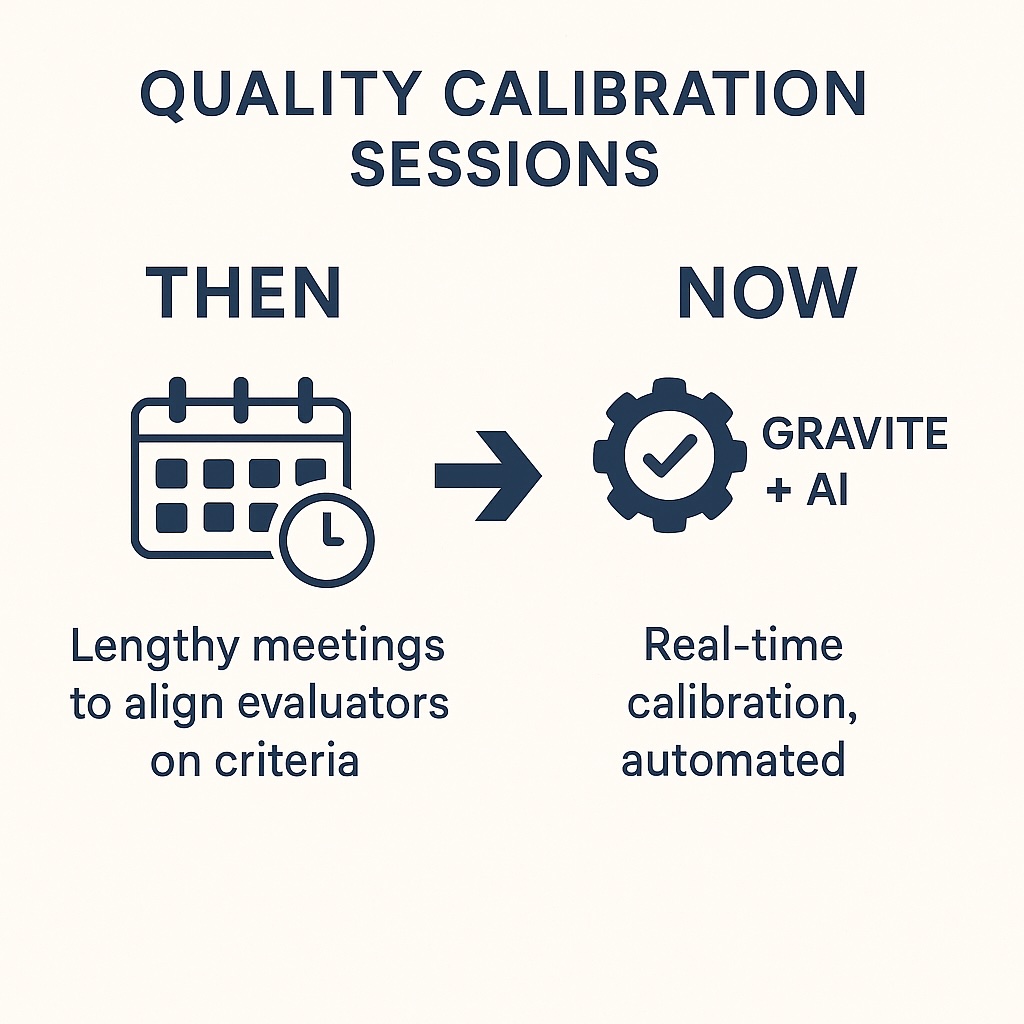
How to Train Your Customer Support Team with Time-Saving Methods
1. Automate Repetitive Tasks
Automating repetitive tasks can greatly reduce the workload on agents by cutting down the time spent on routine activities. This allows agents to focus on more complex tasks and deliver higher-quality service.
Example: A ticket management system can be configured to automatically assign tickets based on their category or priority. For instance, technical support requests can be routed to specialized agents, while general inquiries are handled by a different team.
Recommended Tool: Zapier allows you to create automations between different applications, such as automatically sending responses via email or routing tickets to specific management systems.
2. Centralize Knowledge with a Knowledge Base
A centralized knowledge base provides a single source of information that agents can consult to quickly resolve customer issues. This reduces the need to seek answers from colleagues or perform extensive research, improving efficiency.
Example: A well-structured support portal with a knowledge base allows agents to quickly find solutions to common questions or recurring issues. It also helps reduce incoming tickets by enabling customers to find answers on their own.
Recommended Tool: Confluence is a platform that enables the creation and management of knowledge bases, facilitating collaboration and the updating of relevant information.
3. Optimize Communication Channels
Centralizing internal communications in integrated messaging apps helps reduce email exchanges and improve team collaboration. This facilitates quick problem resolution and decision-making.
Example: Using a communication platform like Slack allows agents to chat in real-time, share files, and collaborate on ongoing tickets without juggling multiple emails.
Recommended Tool: Slack offers organized communication channels, integrations with other tools, and real-time collaboration features to boost support team productivity.
4. Conduct Regular Performance Reviews
Performance reviews help assess agent effectiveness and identify areas for improvement. Providing constructive feedback and targeted training can help agents enhance their skills and performance.
Example: Quarterly evaluations may include analyses of ticket resolution, customer satisfaction surveys, and reviews of the quality of responses provided. These assessments help set personalized development plans for each agent.
Recommended Tool: 15Five is a platform that facilitates performance evaluations and regular feedback, helping track progress and identify areas for improvement.
5. Leverage Data Analytics
Data analytics provide valuable insights into customer requests, trends, and recurring issues. By using this data, you can anticipate customer needs and improve support processes.
Example: By analyzing ticket data, you can identify frequent issues and implement preventive measures, such as support articles or product updates.
Recommended Tool: Google Analytics offers data analytics capabilities that can be used to track trends and performance across support channels.
6. Encourage Team Collaboration
Effective team collaboration can enhance the resolution of complex problems and speed up the handling of requests. Encouraging knowledge sharing and experience exchange promotes a collective approach to problem-solving.
Example: Regular meetings or knowledge-sharing sessions allow agents to discuss challenges and solutions found, strengthening the collective skills of the team.
Recommended Tool: Microsoft Teams facilitates collaboration by offering messaging, file sharing, and online meeting features.
7. Implement a Ticketing System
A well-designed ticketing system allows you to manage, prioritize, and track customer requests in an organized manner. This ensures requests are handled efficiently and that agents do not waste time searching for ticket information.
Example: When a customer submits a ticket, it is automatically assigned to an agent based on their specialty or workload. The system also tracks ticket progress to ensure no request is overlooked.
Recommended Tool: Freshdesk is a comprehensive ticketing system that offers ticket management, automation, and reporting features to enhance support efficiency.
8. Adopt a Proactive Approach
A proactive approach involves anticipating customer issues before they arise by monitoring usage patterns and gathering feedback to identify improvement opportunities. This allows you to address problems before they impact customers.
Example: By monitoring support ticket data and customer feedback, you can identify recurring issues and implement preventive measures such as product updates or process adjustments.
Recommended Tool: Gravite is a powerful tool that helps monitor customer interactions and analyze data to identify trends and potential issues before they become critical, enabling a proactive approach to support management.
These additional strategies, when implemented with the right tools, can greatly enhance the efficiency of support teams and improve overall customer satisfaction. By integrating these practices into your daily operations, you can create a more agile, responsive, and effective support environment.




